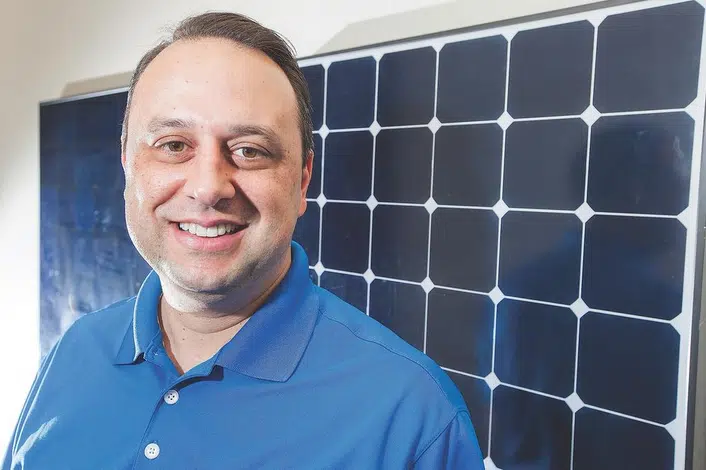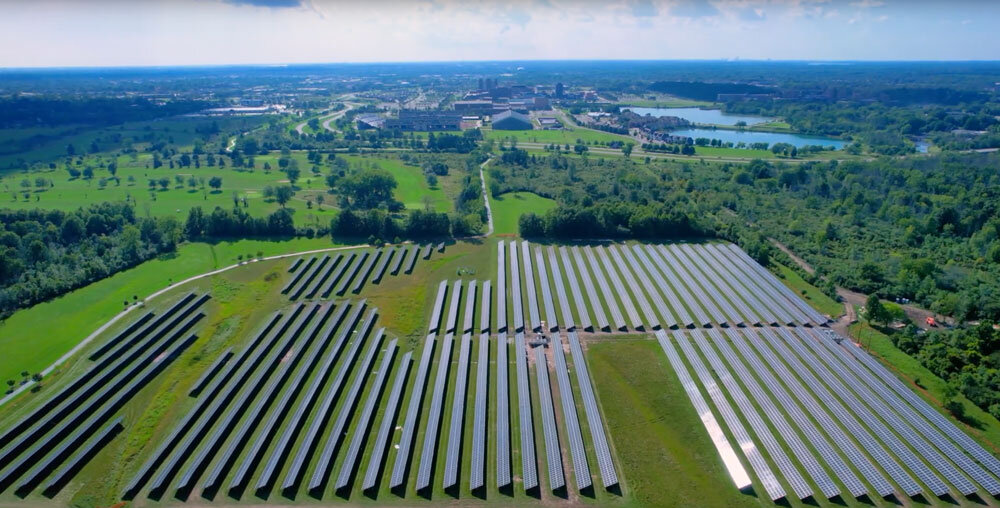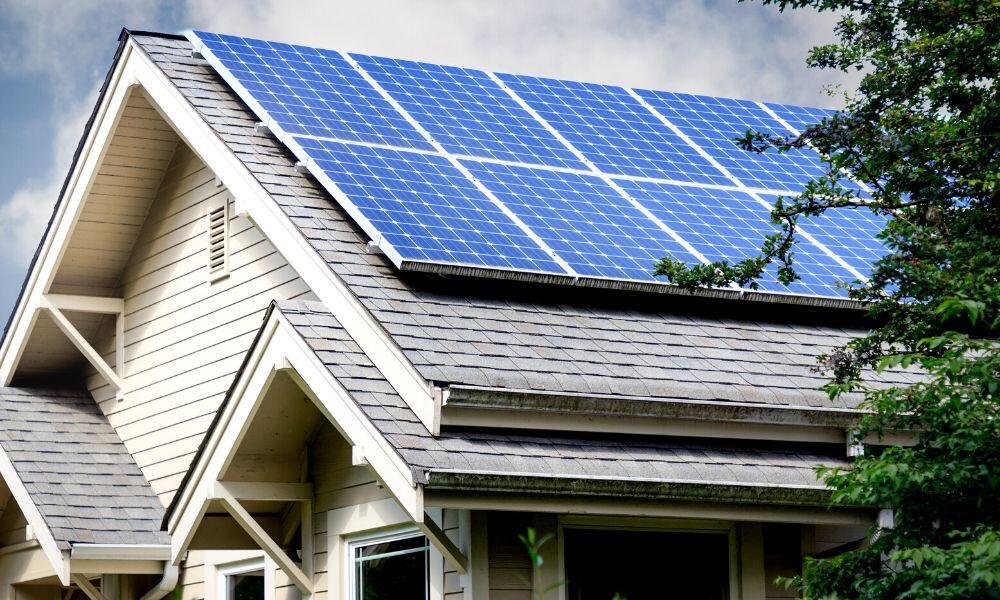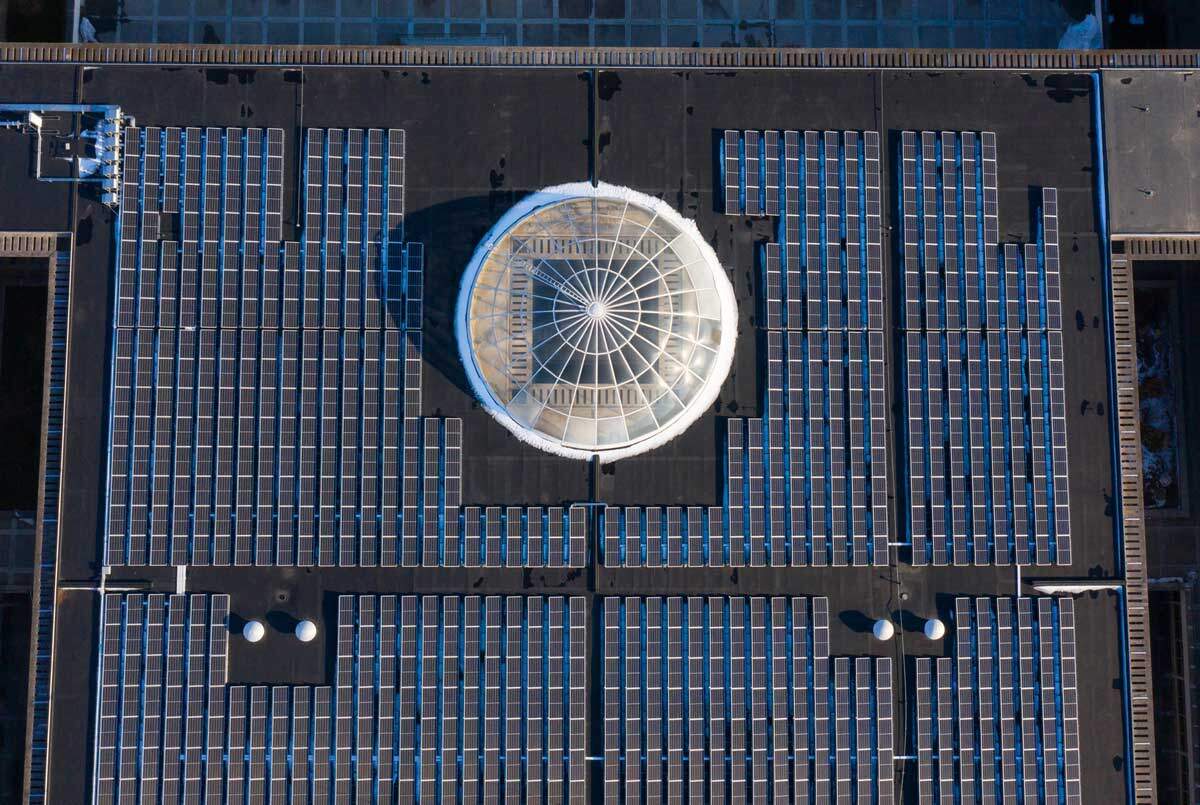How I … Spread solar energy worldwide
image courtesy: Jim Courtney
bizjournals.com
Tracey Drury
January 6, 2017
Adam Rizzo got his first taste of solar energy while studying environmental law at the University at Buffalo School of Law. When he learned that the majority of this country’s electricity was produced at coal-powered plants, he knew there had to be a better way. He worked with his brother Nathan to launch a solar energy firm in 2003 and they have grown it to 84 employees and $25 million in revenue, which is expected to double this year. The brothers also established the Solar Liberty Foundation, which has donated more than 150 solar systems to nonprofits, churches and schools here and around the world in developing nations.
Why did you start this company? I always thought there was a better way, that we should be looking at better ways to produce electricity. Through research we started to see more about renewable energy and their benefits, especially in developing countries. In this world of 6 billion people, we have 2 billion people who still don’t have access to electricity. It’s something we take for granted here in our country, but energy poverty is a major contributor to the plight of people in developing countries. We started seeing the benefits of solar energy, where you could put solar panels on someone’s home and produce the energy where it’s needed instead of investing in expensive infrastructure.
How did donating systems to charities and nonprofits help grow the business? We always saw it as an educational component, and that’s really the way we built our business – by educating consumers on solar. Once you’re educated on it, you’re going to want to do it for your home or your business, and that led to major growth in our business. We were soon installing residential systems for different members of the parish and their friends and family, too. It grew very quickly that way but each of the systems that we installed generates savings for the not-for-profit, too, in the $3,000 to $5,000 range each year. And the systems will generate for 30 to 40 years. So it allows the not-for-profits to focus their funding more on the services they provide and less on paying utility bills.
Tell me how that ties in with the foundation’s work. We’re able to utilize our internal engineering services and our buying capacity with solar module vendors and other solar-related manufacturers, as well as our installers. For example, after the major earthquake in Haiti, we were able to install a solar system for a medical clinic there providing services to the people of Haiti and power their facility. A few years later, we installed a solar system for an orphanage in Haiti and a school, and now it’s become a major meeting and gathering place because the rest of the area doesn’t have lighting at night so they all gather there.
Does that tie in with your original mission for the company? It does, because we realize that if you don’t have electricity, so many of the basic needs we take for granted here you can’t have. You can’t have any students doing homework at night once it gets dark, so they’re missing opportunities for studying. Small businesses, if you don’t have electricity in your home or business, it really limits the type of business you can do there. And just communications — you can’t connect to the outside world if you can’t charge your cell phone and get on the internet.
https://www.bizjournals.com/buffalo/news/2017/01/06/how-i-spread-solar-energy-worldwide.html





